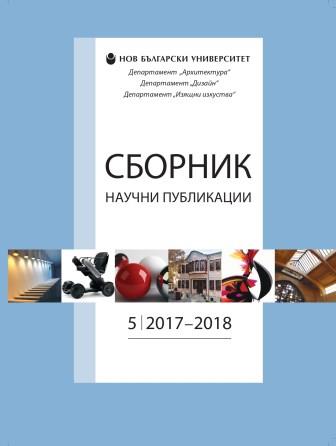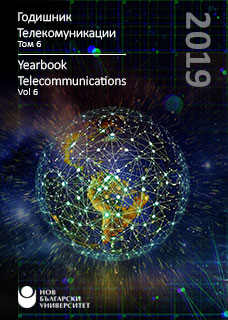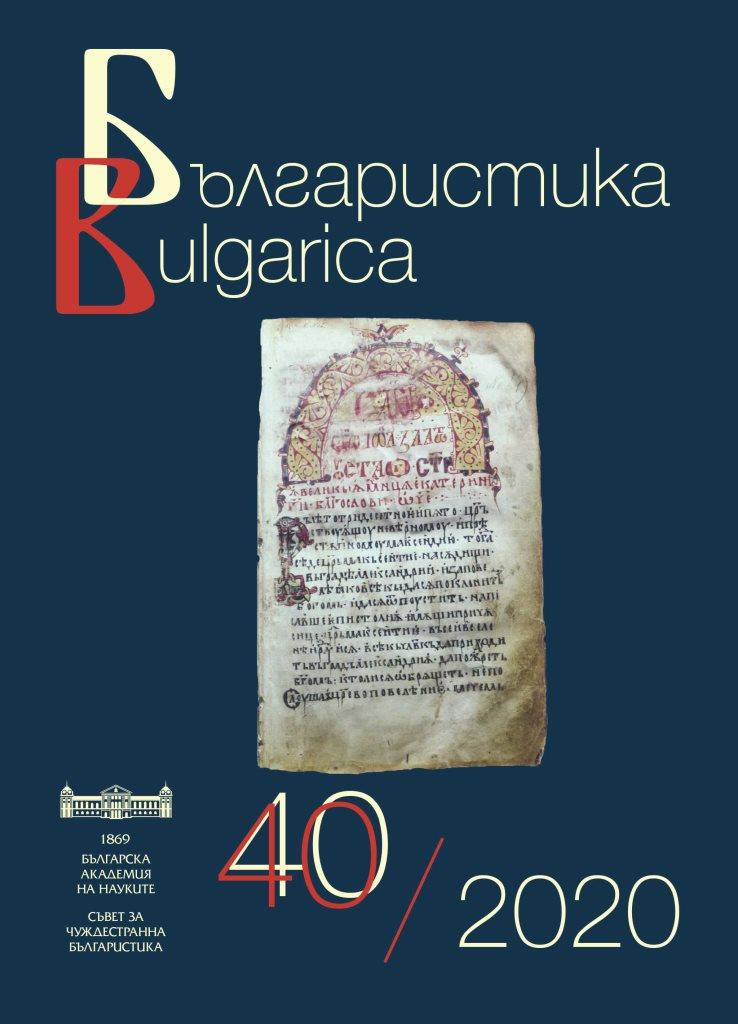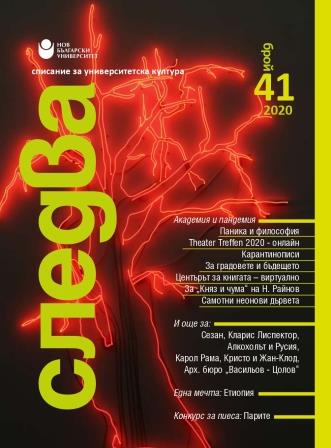Author(s): Yavor Zhablyanov / Language(s): Bulgarian
Issue: 5/2018
There is a separate segment in 3D computer graphics called product visualization. In general, product visualization includes various activities, such as modeling, animation, lighting, prototyping and shape analysis, technical drawings and sketches, as well as product documentation. This type of visualization has been used a lot lately, especially in the presentation of new electronic products, food, household goods, print advertising, billboards, websites, video networks, television. It turns out that it is much more convenient, and also more cost-effective, to recreate a product in 3D and then visualize it realistically. This gives much more freedom in recreating different, in many cases impossible in reality situations, related to the presented object - for example, levitation, morphing between different forms and other similar special effects. Three-dimensional visualization allows instant change of materials, backgrounds, use of many and varied cameras to recreate different points of view of an object. In many cases, the visualization of a particular product precedes its physical creation. This allows the manufacturer to detect possible defects in it and improve its product on time.This article aims to acquaint the reader with the methods of lighting and composition of product design visualization used in classical photography, and to compare them with the ways of reproducing reality in the three-dimensional software for realistic visualization 3D Studio MAX, as well as to give guidelines for proper sequence of actions in creating a virtual photo studio, by explanation of the main factors for quality and realistic reproduction of three-dimensional product design.
More...




